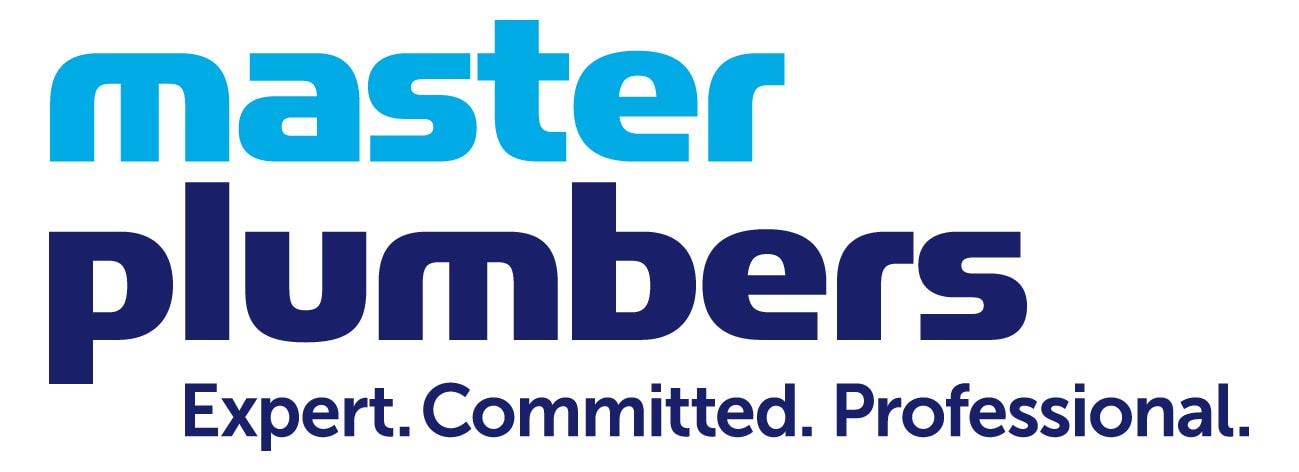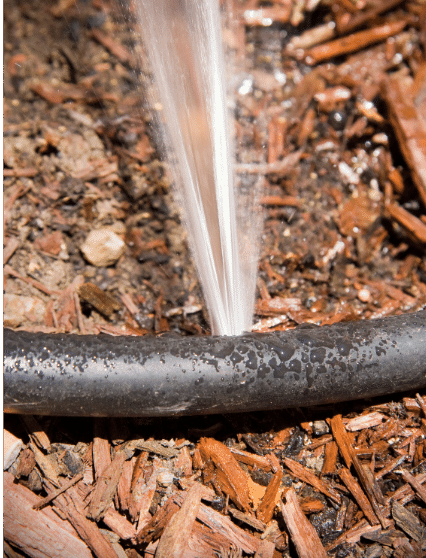
Bathroom Renovation Costs Don’t Need to Blow Out
Planning now ensures you don’t blow your budget
When it comes to bathroom renovations, one of the biggest concerns for homeowners is cost. It’s no secret that these projects can quickly add up, leaving you with a hefty bill and a less-than-ideal outcome. But at Whywait Plumbing, we’re here to tell you that bathroom renovation costs don’t need to blow out of proportion.
First and foremost, you must clearly know what you want before you begin the renovation process. This means deciding on a specific design, layout, and materials. A clear plan will help you stay within budget and avoid costly changes or additions.
Another tip for keeping costs down is to focus on the essentials. While you may be tempted to splurge on fancy features, the basics often make the most significant impact. For example, you can create a beautiful, functional bathroom without breaking the bank by prioritising functional elements such as a new toilet, sink, and shower.
There is no disguising a bathroom in need of renovation
We have prepared a few tips and advice to help you keep costs down and maximise your budget when renovating your bathroom. Increasingly we are observing the simple fact that there is no disguising a bathroom needing renovation. These bathrooms have some or many of the following abominably dated features:
-
peach or pea green tiles,
-
failing grouting in floors and walls,
-
mould damage to the ceiling,
-
bathroom carpet,
-
gold plated taps with fake glass handles,
-
poor use of space,
-
wallpaper that looks like a ’70s disco freak chose it.

All of the above were standard design traits in bathrooms dating back over 10 years and often 25 years.
For better or worse, bathrooms are a place for people to stamp their creative mark on a home.
Often it was inexplicable to what they were trying to create with bizarre combinations such as black tiled walls and red-painted ceilings.
Bathrooms by their design and use factors are prone to failure over time
Generally, a bathroom needs some form of renovation after around five years, depending on how frequently it is used.
But bathroom renovations do not have to be designer-level expensive affairs.
If you plan and know what you are doing, keeping a lid on bathroom renovation costs is not hard.
Below are listed seven issues to be seriously considered so your bathroom renovation costs do not blow out:
1: Assess how much you need to change
The more you want to change, the more expensive the project will be. That is a guarantee.
If you are on a tight budget, you can still make a surprising difference to the look of a bathroom by just replacing tap handles, painting the walls and ceiling, plus sticking up shampoo shelves, towel rails or a lovely new mirror. All of which you could probably manage, provided you know what you are doing.
Re-tiling of floors and walls will cost a fair bit more. Still, surprisingly economical coating options are applied directly over existing tiles, reducing costs by reducing the amount of demolition work required.
Always be aware that anything involving electrical or plumbing fixtures, relocating fixtures, or adding new ones will cost considerably more.

2: Reuse or recycle fittings and fixtures
If it isn’t broken, don’t fix it rule applies. If there is nothing wrong with the existing fittings or fixtures, you can save a lot of money and unnecessary waste by resisting the overwhelming temptation to replace them.
If you think about ways you can style and theme the bathroom to utilise what you already have installed and focus on the worst aspects of your bathroom.
Old-style taps can be replaced relatively economically and efficiently.
If your bath and vanity basin have been seriously abused over the years, it is possible to have them re-coated and to look like new for less than outright replacement.
Vanity unit cupboard doors and draws can be replaced for much less than the outright replacement of the entire vanity.
3: Do not move plumbing fixtures
Relocating or adding new plumbing fixtures can be expensive.
Most homes are built on a concrete slab which makes relocating or adding extra plumbing fixtures much more expensive.
As much as possible, focus on reusing the existing water supply and drainage connection for your toilet, shower, bath, vanity basin and floor waste, as this will keep plumbing costs under control.


4: Shop around for materials
This may sound obvious, but it requires discipline.
If you have the time and inclination, you will save a small fortune by shopping around and buying the necessary materials, fittings and fixtures.
If you are shopping, make sure you have done your homework and know exactly what you are looking for. For example, there is a considerable difference between wall and floor tiles.
Buying a bath with a centre waste to replace one with a waste at one end will cost you more to install.
Replacing a toilet requires that you know whether it uses an S or P trap outlet or whether the water connection is concealed or bottom linked.
Any paint for bathroom walls needs to be suitable for use in bathrooms so that your walls are resistant to moisture.
If you are supplying the fixtures and fittings, ensure everything is ready and available when renovation starts to prevent delays. Delays in fixtures being available will translate into increased costs.

5: Get your hands dirty
If you are willing and able, you can save a lot on labour costs by doing some of the work yourself and project managing the renovation.
Likely, you will still need to hire licensed contractors such as plumbers, electricians, waterproofers, and tilers for the renovation project. Still, volunteering to do manual work, such as demolition, will translate into lower labour costs.
Without exception, any discussion about what you can do yourself has to include a big, flashing neon warning. You cannot cut corners on some things and do it yourself. Licensed professional contractors MUST do waterproofing, plumbing and electrical work.
Doing it any other way is guaranteed to be illegal, substandard, dangerous, non-insurable and without the protections of a warranty.
Never believe handymen who tell you they can do everything.
It is also essential that you are confident before you start working that there is not any asbestos in your bathroom. Asbestos sheeting was very commonly used in bathrooms up until the late 1970s, and exposure to it can lead to cancer, so you will need to have asbestos removed by a specialist contractor using the correct safety gear who will dispose of it legally.
6: Plan very carefully and avoid variations
Careful planning and having an exact idea of what you want to achieve, what you are getting and how everything will be done before you sign any contract with a contractor will ensure you’re not stung with hefty fees for necessary changes.
Suppose you use a builder to manage your bathroom renovation. In that case, it is guaranteed he will charge over the odds for variations to a contract if you have made a selection mistake or want to change your layout or add additional fixtures.
Many builders will come in with a low quote to prey on clients who are not clear on their plans and have not prepared properly.
Regardless of how well you perceive you get along with the builder or other contractors, ensure that the fittings and fixtures are precisely what you are after and will fit exactly where they are supposed to go. The colours and tiles are strictly correct, the costs are itemised on the contract, and you are confident that all labour, material and administrative expenses are included.
Please ensure any variations are fully costed, and you approve in writing before they commence.
7: Things to be careful of
Make sure you have more than enough tiles because if they break in future or if they break some during your renovations, you want to have some spares on hand that are from the same batch so that they are a perfect match.
Beware of non-certified plumbing fittings and fixtures which are non-insurable and can make any future insurance claim null and void. Ensure all plumbing products have the WaterMark certification and comply with Australian Standards.
Avoid ordering plumbing or electrical fixtures online or overseas, as they will almost always be shoddy or inferior fittings and fixtures and will come back to haunt you.
Ordering online plumbing or electrical fixtures online invariably is not worth the savings they appear to offer.
Consider where you’re going to shower as your bathroom’s going to be out of action for a week or two at least, and always double any timeframe you have given by any contractor.
It is widespread to discover rotten timber under baths or behind shower walls which will require extra work, with any other savings you make being eaten up quickly if you are unprepared for that.
Plan a bathroom renovation from beginning to end
Ultimately your bathroom renovation is all about careful planning and managing expectations.
Careful planning will assist you in ensuring your bathroom renovation costs don’t blow up in your face.
Finally, don’t be afraid to shop around for the best deals. Compare prices and materials from different suppliers, and consider hiring a trusted, experienced contractor who can help you get the most bang for your buck.
At Whywait Plumbing, we understand that budget is a significant concern regarding bathroom renovations. But by following these tips, you can create a beautiful, functional bathroom without blowing your budget. Contact us today to learn more about how we can help you create the bathroom of your dreams without breaking the bank.














